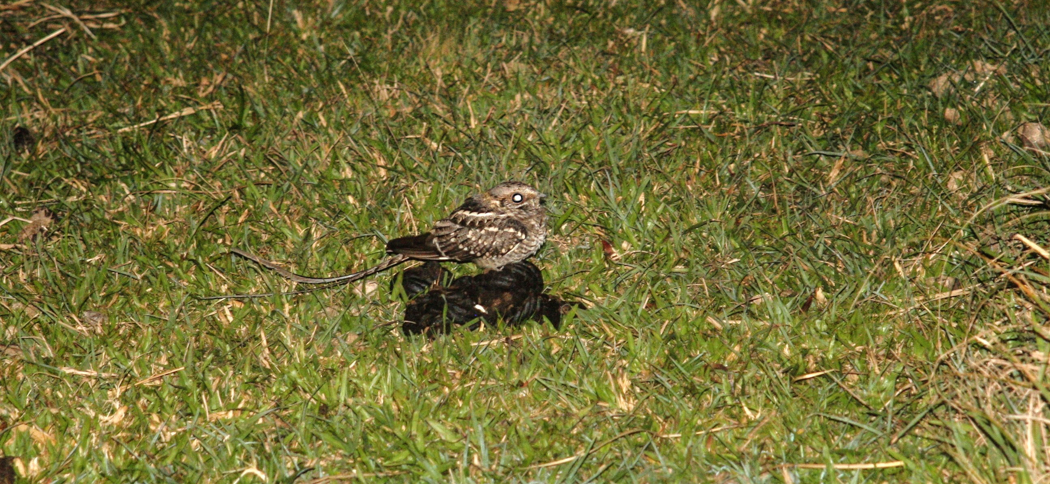
Strange Tails
We're delighted to have a strong population of strange-tailed tyrants at the reserve. So much so that we've adopted these beautiful and endangered birds as the symbol of the Trust
The growing diversity of the animals of Reserva Don Luis is a fresh source of delight every time we return. We don't play favourites, but it's impossible not to engage more with some of our more conspicuous guests. One of these is the strange-tailed tyrant. The male is stoic in his tolerance of one of nature's strangest - and it would seem least practical - adaptations. He's willing to suffer to be beautiful, and somehow manages to fly with tail feathers that were surely designed for a bird three times his size.
We love his perseverance; his resolution to succeed against challenge, and his ability to prove that anything is possible. He's appearing in growing numbers on the Reserva Do Luis, and his success has become an allegory for, and a symbol of, our own.
When we started the process of updating and redesigning our website, we wanted to adopt an image that symbolised our aims and our challenges. This brave little flycatcher, with his indomitable character, was the perfect choice.
The logo is a stylised profile of a male tyrant, silhouetted against the sunrise. We coloured the sun the blue of the Argentinian flag in honour of this country's beauty, its climate and the breathtaking span of magnificent animals that it nurtures.

Bat Research
Our bat team is conducting bat research both in the Ibera Marshes and in other provinces. We are especially concentrating on Misiones at the moment where we find the largest bat in Argentina, Chrotopterus auriitus and Myotis ruber, two species that we are researching.

Scissor-tailed Nightjar
Hydropsalis brasiliana
This bird is quite rare around Reserva Don Luis, although it has been seen once or twice. As it is only seen at night, it is less easy to photograph and less encountered.
It is part of the family Caprimulgidae and is a migrant that nests in Argentina during the spring/summer then flies north in the autumn.
Total length of this bird is around 50cm but two thirds is due to the very long forked tail. They have typical Nightjar markings of brown, rufus and white and large eyes that reflect red. Bill, legs and feet are short.
Females have a shorter tail.
This nocturnal bird rests in the undergrowth during the day and is very well camoflaged and very difficult to spot. At dusk you can sometimes hear them callling and their large red eyes can be seen by torchlight or car headlights.

